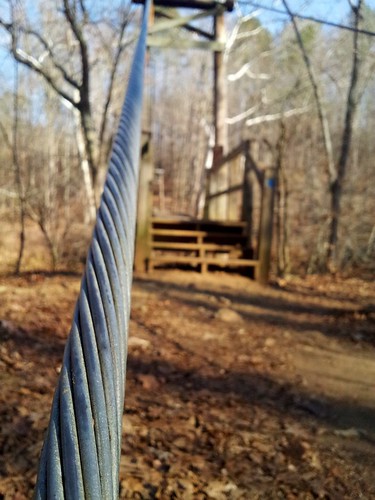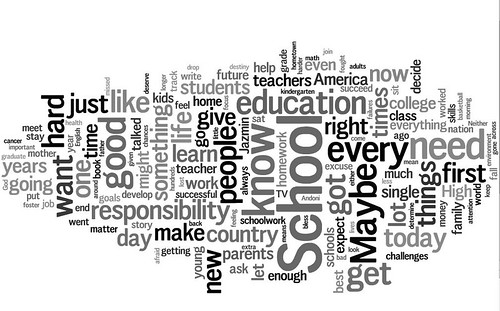
flickr photo shared by dmaleus under a Creative Commons ( BY-NC-SA ) license
As a teacher and parent, I appreciated the first question from the “audience” during the second United States Presidential Debate, where the question talked about decorum and how to explain the presidential race to children. It was a question I have been asking myself ever since Friday’s release of the Trump video, and the responses to it. (Too bad Trump ignored the question almost completely and Clinton skirted over it, although she did come back to the question a few times, at least).
I think we educators have to both tread lightly here, depending on the age of our students, and address some of the important issues that seem to get sidelined by the personalities, and conflicts, in the race. This is a delicate act. But we can do it. We have to do it. This is their world, even if they don’t have a vote.

flickr photo shared by Ryan Bretag under a Creative Commons ( BY-NC-SA ) license
Yesterday, during the second half of a Professional Development day, my social studies colleague and I were given time to plan out an entire unit on teaching the presidential campaign. Over the course of about 2 1/2 hours, we debated between ourselves about how to best approach it and then got down to the planning of lessons that will weave in and out of my English Language Arts/Technology class and his Social Studies/Civics class. I’m appreciative that we were given the time and space to work on it, and I am pretty satisfied we have a solid plan in place that will give our students information, and a voice, in the 2016 Presidential Campaign.
A rough sequence of activities/lessons/projects include:
- An overview of the electoral college/election system that counters the narrative of the popular vote that most young people seem to think is the way presidents are elected;
- Highlighting main topics of concern for the nation;
- Lessons on conducting focused research projects, with citations from sources;
- A “Letter to the Next President” project (modeled on the Letters to the Next President site, open only to students 13 and up) that will be backed up with some research queries;
- Possible entry into the Youth Voices network, for authentic audience for the Letters to the President (and maybe podcasting);
- A political cartoon lesson and project;
- A mock election for grades three through six at our school.
Our goal as teachers is to be neutral and balanced in our own political views, which is a necessity for our community, while trying to keep the focus on the issues themselves more than on the candidates. Who knows where this campaign will go in the next four weeks?

flickr photo shared by NedraI under a Creative Commons ( BY-NC-SA ) license
We may yet be dodging and weaving issues yet to appear on the front pages while digging down into the important issues that the candidates should be spending more time talking about. If they won’t, we will.
Peace (vote for it),
Kevin
I’m interested in seeing how your adapted Next Prez project comes out. My kids are, of course, over the age of 13, but we are doing our letters in 11th-grade US History as a “Friday workshop” over the course of the first semester, and probably won’t finish in time to publish on the site (which closes for submissions on Election Day).
I was thinking that I could teach my kids how to send an email to a representative (presumably the President, but they have the option of writing to any elected official): a useful lesson for high school students. But maybe it would also be helpful for both of our classes to share their work with each other? Maybe my kids could be mentors for your classes? Also, despite the age difference, I’m sure it would be eye-opening for my California kids to read the thoughts of kids on the other side of our continent.
I am going to reach out to you, Michael. I like the possibility of connections …